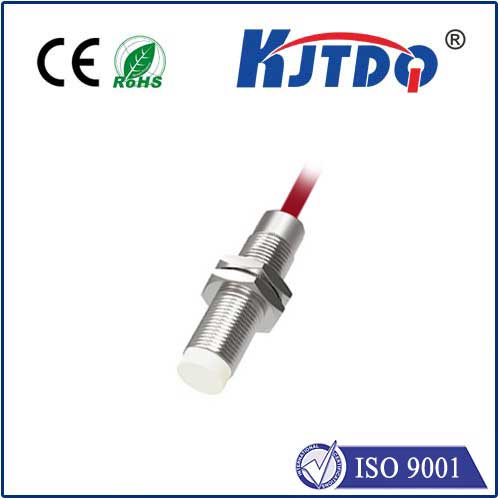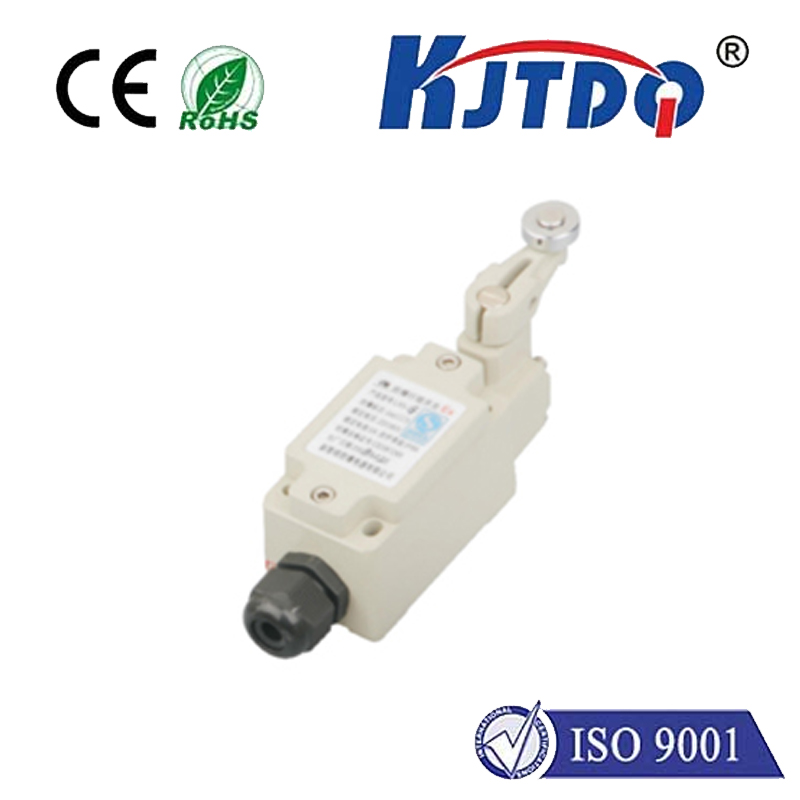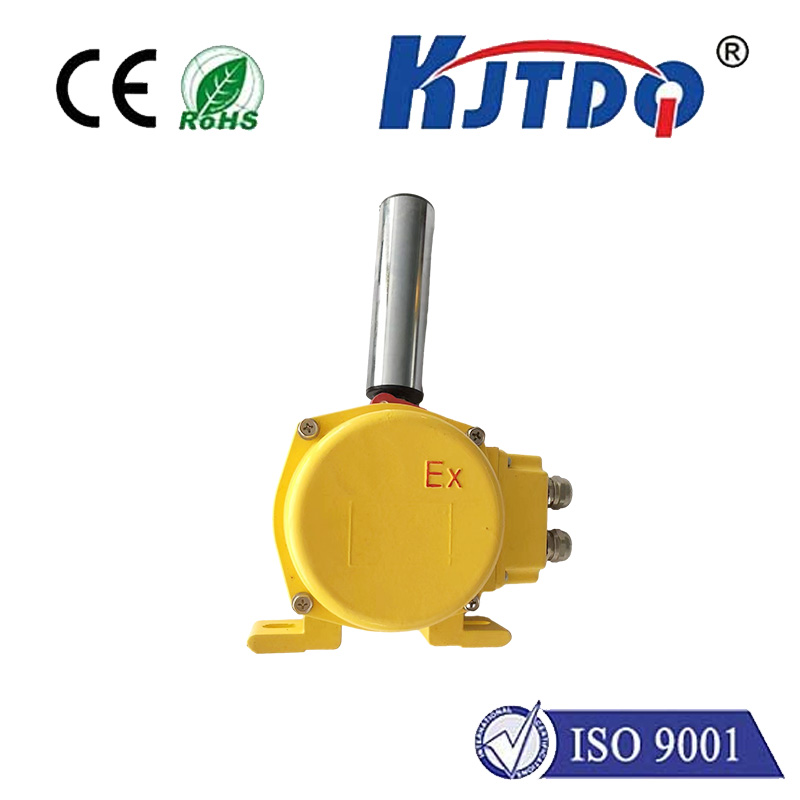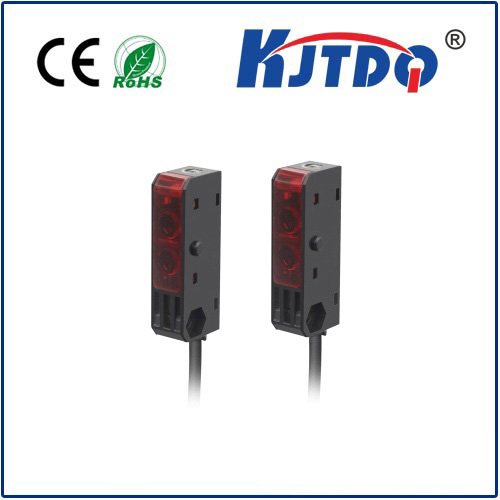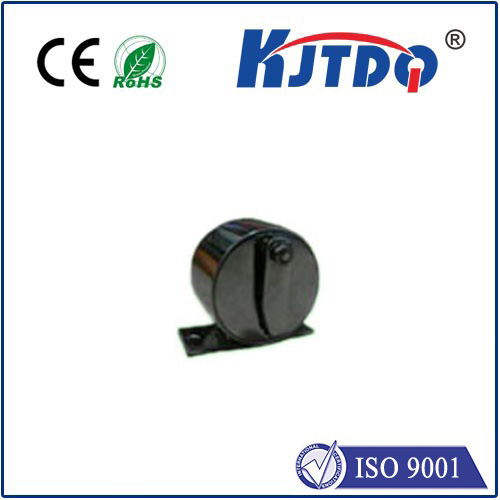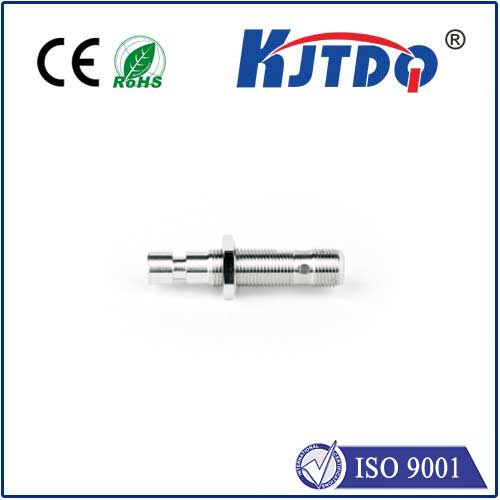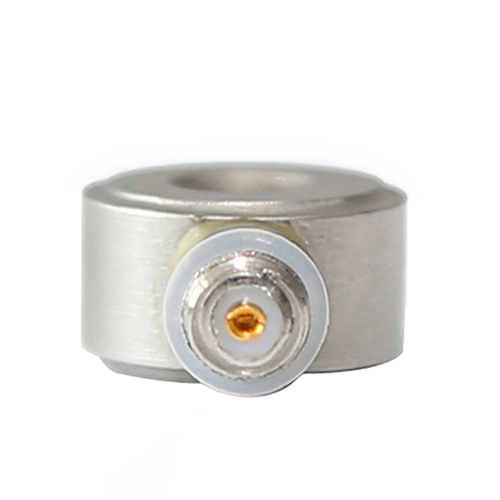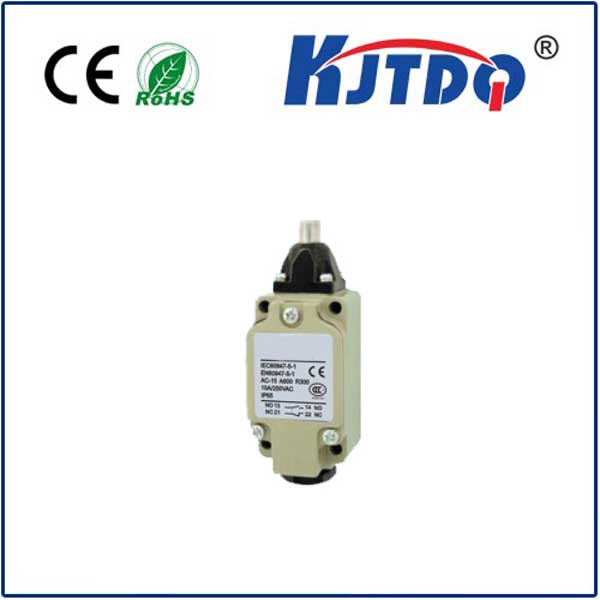micro switch lever arm
- time:2025-07-31 03:21:46
- Click:0
The Unsung Hero: Unlocking the Power of the Micro Switch Lever Arm
Ever wonder what makes your microwave door instantly stop heating when opened? Or how your car door light knows precisely when to turn on? Often, the humble micro switch lever arm is the silent conductor orchestrating these critical moments of safety and function. This unassuming component is far more than just a metal or plastic appendage; it’s a fundamental interface bridging physical motion and electrical control in countless everyday devices.
Beyond the Basic Switch: Understanding the Lever Arm’s Core Function
At its heart, a micro switch is a marvel of miniaturized electromechanical engineering. Its defining characteristic is a snap-action mechanism that provides incredibly rapid and reliable contact switching with minimal physical movement. However, the switch itself requires a force applied directly to its actuator plunger. This is precisely where the micro switch lever arm shines. It serves as an ingenious mechanical translator:
- Force Amplification: The lever arm acts as a simple machine, leveraging the principle of mechanical advantage. A relatively small force applied over a longer distance at the end of the lever arm translates into a larger force applied over a shorter distance at the switch’s actuator point. This allows the sensitive snap-action mechanism to be easily triggered without excessive user effort.
- Directional Translation: The lever arm can redirect the point and direction of force application. For instance, a downward press on a lever arm might translate into a horizontal movement needed to engage a plunger switch mounted horizontally. It allows for flexibility in design and installation.
- Reach Extension: The arm dramatically increases the range over which the switch can be activated. Instead of needing to press a tiny button directly, the lever arm provides a much larger target area, making devices easier and safer to operate.
- Movement Control: Lever arms can guide the actuation force, influencing key parameters like pretravel (the initial movement before the switch activates) and overtravel (the safe movement possible after activation without damage). Properly designed arms ensure reliable switching within the switch’s specified operating limits.
Design Variations: Tailoring Performance to Application Needs

Not all micro switch lever arms are created equal. Their design is meticulously engineered to suit specific requirements, impacting feel, force, and function. Key variations include:
- Shape & Length: From simple straight arms to complex curved, roller-equipped, or bent designs, the form dictates how force is applied and the required movement stroke. Longer arms generally reduce the needed force but increase travel.
- Roller Tips: Many arms feature a small roller at the end. This reduces friction and wear when the arm slides against a moving surface (like a cam or door latch), ensuring smoother operation and longer life. Roller type (plastic, metal) is chosen based on load and environment.
- Material: Arms are typically made from robust materials like stainless steel for strength and corrosion resistance, or engineered plastics like nylon or POM (acetal) for lighter duty applications where electrical insulation or cost are factors. The choice of material significantly impacts the lever arm’s durability and resistance to fatigue.
- Hinge Type & Mounting: The pivot point design and how the arm attaches to the micro switch body are crucial for smooth operation and longevity. Options include molded plastic hinges, metal pins in bushings, or detachable arms secured by clips or screws.
Why Customization Matters: Optimizing for the Task
The true power of the micro switch lever arm lies in its customizability. Manufacturers often offer a vast array of standard arms or can engineer bespoke solutions. This allows designers to fine-tune the feel and function for the end user and the mechanical system:
- Actuation Force: Selecting the right combination of switch spring rating and lever arm length/shape achieves the precise force required – whether it’s a light touch for a keyboard key or a robust push needed in industrial controls.
- Stroke & Position: The lever arm defines the point of actuation. Ensuring the needed motion (push, pull, slide) triggers the switch reliably at exactly the right moment is paramount for both functionality and safety.
- Environmental Protection: Arms can be designed to enhance the switch’s ingress protection (IP rating) by shielding the actuator plunger or incorporating seals. Durability in demanding conditions is heavily influenced by the lever arm design and material.
The Enduring Impact: Reliability Where It Counts
In countless applications – from critical safety interlocks on industrial machinery and appliance doors (ovens, microwaves, washing machines) to vending machine mechanisms, automotive controls (brake lights, door latches), and even gaming controllers – the micro switch lever arm performs a vital role. Its ability to provide a reliable, repeatable interface for mechanical motion translates directly into user safety, device reliability, and consistent performance.
Conclusion:
While it might seem like a minor detail, the micro switch lever arm is a masterclass in focused engineering. It transforms a powerful micro switch into a flexible, adaptable, and user-friendly control element. By expertly managing force, direction, reach, and movement, these small arms play an oversized role in ensuring the smooth, safe, and dependable operation of the technologies we interact with every single day. Understanding its function and design considerations is crucial for anyone working with or relying on precision electromechanical control.






